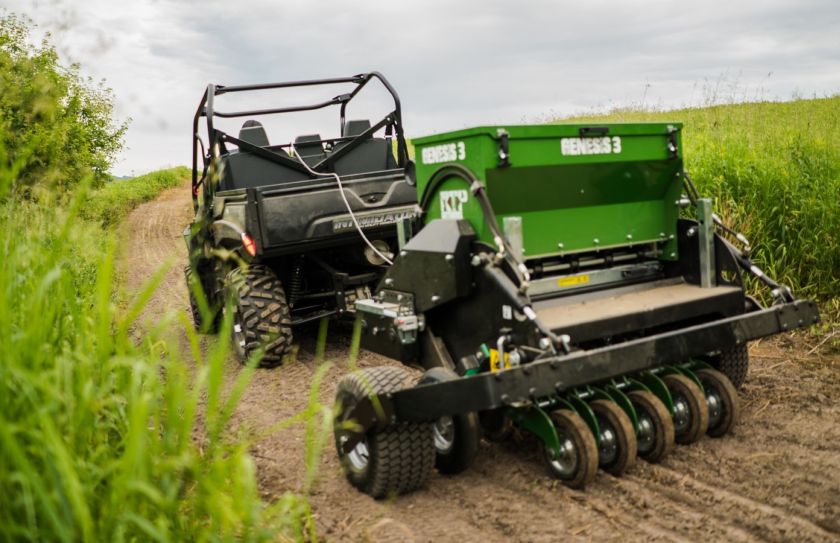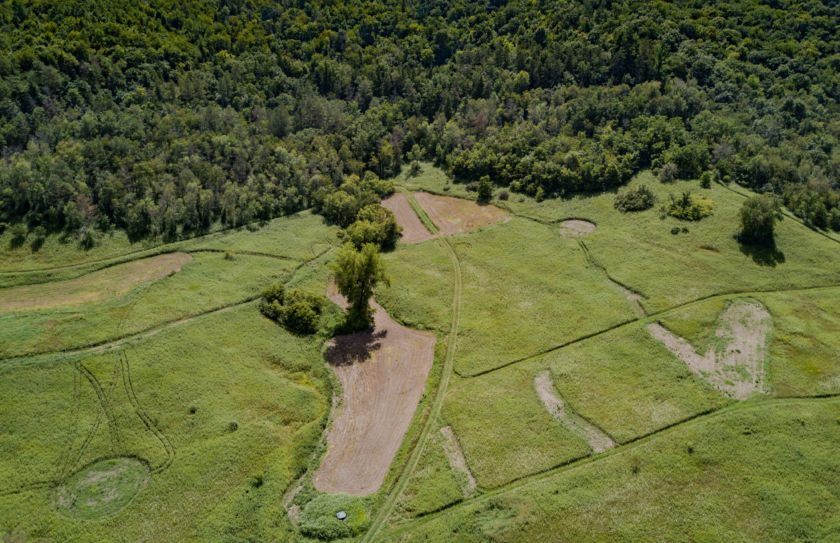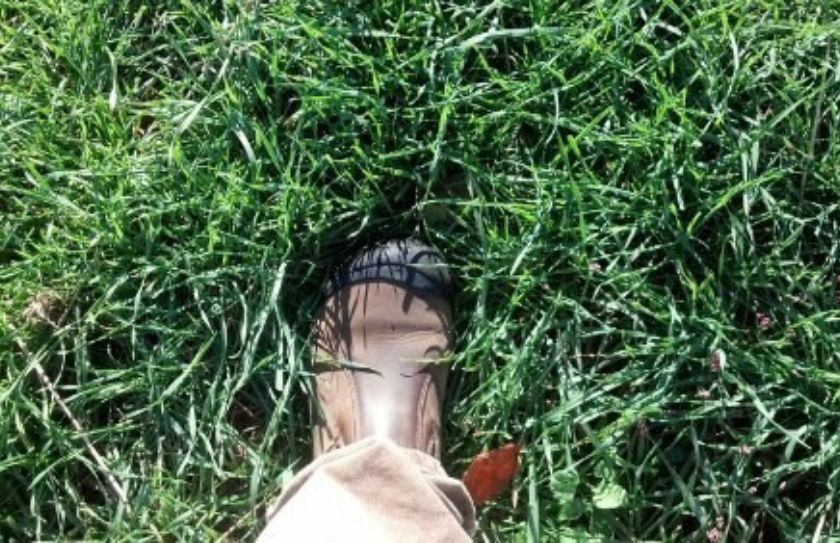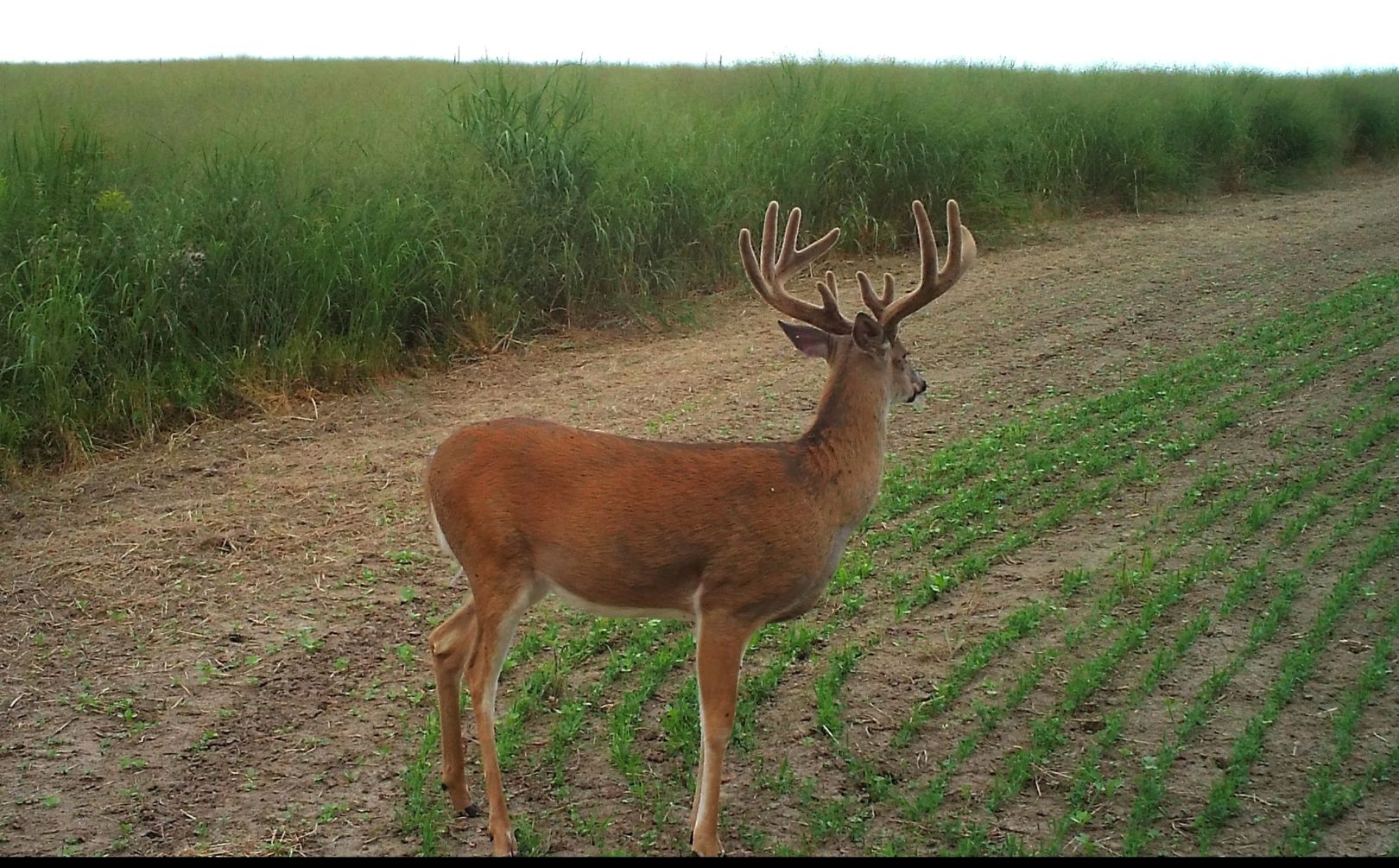
If you put a lot of effort into the attraction of the local deer herd on your land, you undoubtedly are attracting deer. Food plots, timber cuttings, waterholes and native grasses are just some of the ways to potentially attract and hold deer on your land. However, like most things in life, timing is everything! Deer feed 5 times per day as rhythmic pattern feeders, and there are 3 very important categories of deer feeding opportunity during a 24 hour period. Understanding each category of Daytime, Afternoon and Nighttime feeding periods, is necessary if you are ever to come close to the herd and hunting potential of your land. And make sure to stay tuned, because knowing which 2 feeding categories that you need to focus on, can help you avoid costly whitetail management mistakes.
*The Afternoon deer feeding from bedding to high quality food sources, is the foundation of all quality deer herd and hunting management movements.
Critical 3 Daily Deer Feeding Strategy
Sure, deer need to feed 5 times in a 24 hour period in 3 categories of food types, but that doesn't mean that you have to feed them for all 5 periods of time! While that is difficult to accomplish on one hand, I have experienced that deer choose to be attracted to a chunk of land during two very different portions of a 24 hour clock. Aside from wasting precious resources, attracting deer herds at the wrong time of the day, can leave you on the short side of the stick of deer herd and hunting management.
1. Daytime Deer Herd Feeding
If you own the best deer browse in the area, you own 2/3rds of the necessary daylight deer feeding puzzle. Hardwood regeneration, woody shrub tips, various broadleaf weeds and briars can combine to create high quality feeding opportunities for attracting deer to adequate daytime bedding opportunities. Deer need to feed on adequate amounts of browse, 2 out 5 times during a 24 hour period within their daylight bedding areas. However, quality browse without a quality afternoon food source can leave you scratching your head, when you fail to consistently hold deer on your land.
2. High Quality Afternoon Food Sources
Even though deer only feed 1 time each day roughly an hour before dark, this single feeding time is the most important feeding time of the entire hunting season. Your entire parcel should be built around the foundation of deer moving from daylight bedding areas to afternoon food sources. Creating the afternoon food source movement not only creates outstanding opportunities for you to target the majority of the neighborhood buck herd, but a season-long afternoon movement is the basic requirement for you to able to attract, hold, mold and protect a quality deer herd. Just like daytime browse isn't enough to attain your whitetail goals, neither is only attempting to maintain an afternoon-only feeding slot. Simply, you can't attract an afternoon food source movement without the deer herd relating to nearby daytime browse and bedding areas.
What is a High Quality afternoon food sources? Diverse food plot plantings, hidden corners of multi crop ag fields and even a significant apple orchard can all create afternoon food source movements that range from 6 weeks to several months of the entire hunting season. However, only a high quality food plot truly has the ability to create the foundation of afternoon food source movement that you can count on to last, all season long. While wilderness and big cover setting timber clearcuts can create significant afternoon food source movements, in particular on large public land tracts, they lack the diversity and size to create pinpoint deer travel on a consistent daily basis for the entire season. If you own private land, well positioned food plots that compliment a highly strategic design for your entire parcel, can create the opportunity for you to attract, hold, protect and hunt a deer herd that can rival any other land in the neighborhood. And when you own the 3 daily daylight feeding movements, even centered around 40 acres or less, you truly have the potential to be the herd influencer for the entire neighborhood. Without creating and sustaining the daylight movements of the local deer herd, your land simply becomes a random opportunity of pass through deer movements that can change by the week.
3. Safe and Social Nighttime Feeding Opportunities
While deer herds often appear to consume the most food at night, are their nighttime feeding sources really that important? I believe that they are, even though you obviously can not attract, mold, protect or hunt a nighttime deer herd. During the night deer need to find locations that are safe, social and full of food. Nearby ag fields, your neighbor's overly pressured food plots, ornamental shrubs, local gardens and an adjacent golf course are all examples of nighttime feeding sources. Nighttime food sources are critical and represent 2 out 5 feedings in the 24 hour clock of whitetail feedings, but it is very important that you recognize if you are appreciably feeding deer during this time slot, or not.
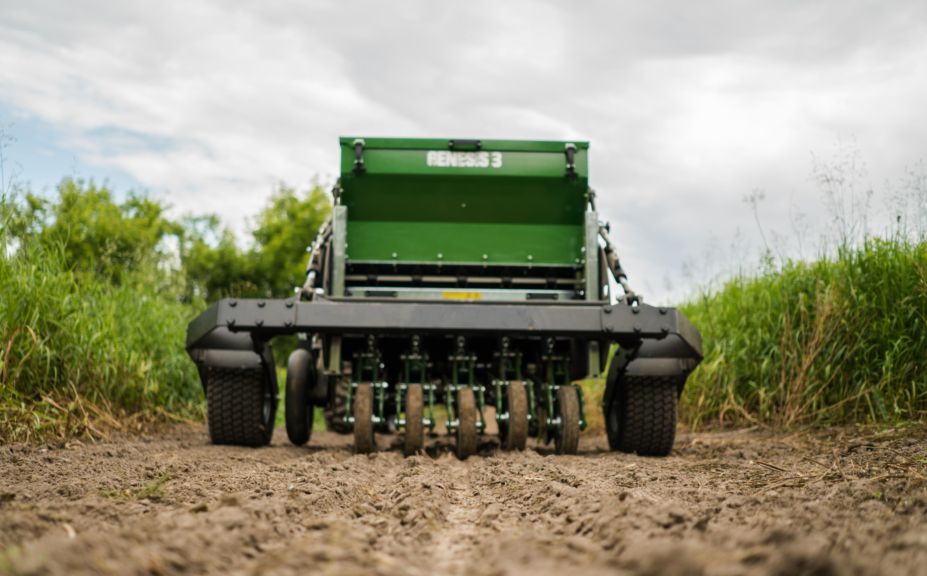
*While the basic concept remains the same, I am forever tweaking my favorite annual food plot planting strategy. Make sure to check out my latest favorite Food Plot Blend, planted our incredible Genesis 3 planter, from RTP outdoors.
High Priority Daily Feeding Slots
In my experience around the country scouting whitetails in 25 states, there are two high priority feeding slots that you need to pay critical attention to: Daytime and Afternoon. Why? Because I have discovered in the whitetail world that deer herds typically only relate to parcels as a daylight or nocturnal parcel. The vast majority of all parcels are nocturnal parcels and some of the most improved parcels are some of the lands that feature the strongest nighttime attraction rates. There are several clear advantages to focusing on the 3 daytime and afternoon feeding slots, while hoping at the same time that your land doesn't become a nighttime hotspot:
- Ultimate herd control - Only a very small % of all whitetail parcels contain the daily daylight movement of the local buck herd. If you own it, often you alone can influence the quality of the local deer herd expanding often for a mile or more in any direction.
- Daylight deer movements only require small acreage - Think you need hundreds or even thousands of acres? Think again! Deer movements for the most part are very small during the daylight, during the entire hunting season. While focusing on a small % of daily deer movements that reflect the daylight feeding portions of daytime bedding and afternoon high quality food sources, you can forget about the majority of deer movements that take place after dark.
- Efficiency of resources - Deer dine heavily after darkness falls, and often bed and live within their nighttime feeding slots. I have experienced that if your parcel is nocturnal, you actually need to offer more food, just to keep pace with the safe and social feeding times slots of afterdeck deer herds.
- Ultimate hunting control - A well managed and season long maintained deer movement that includes daily browse filled bedding areas and afternoon high quality food sources, allows you to target deer within highly defined movements, every day of the season. In fact, when bedding areas, food sources and travel corridors are maintained on a seasonal basis, you can efficiently hunt both bucks and does in a logical pattern of movement every season.
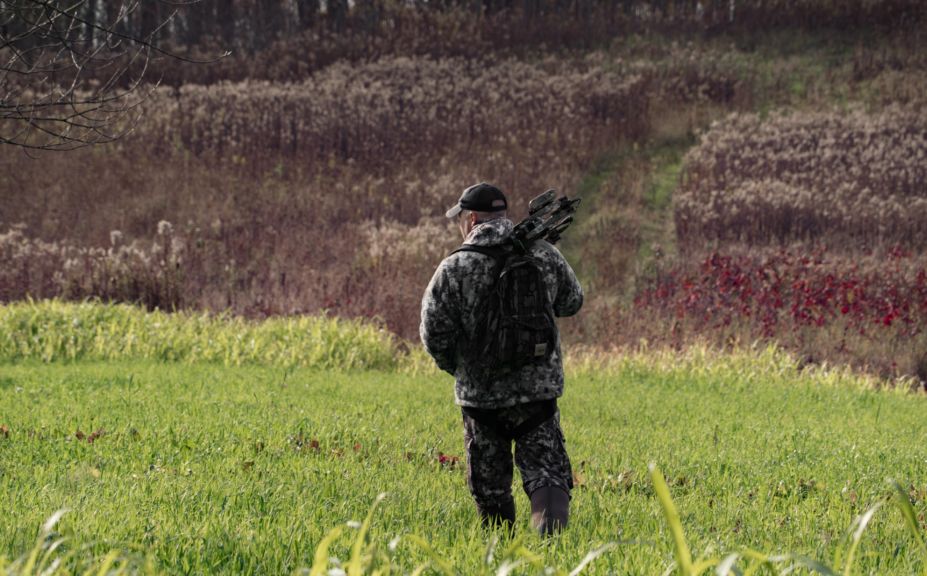
*Making your land as attractive as possible can quickly turn your property into a nocturnal deer herd, if the level of attraction is not managed properly. It is entirely possible (often probable), to create a whitetail parcel that is actually Too Attractive. Make sure not to fall into the trap of an over-improved deer parcel!
Conclusion
Although your focus as a deer manager, deer hunter, land steward or just a plain old whitetail freak should be on the 2 daylight feeding slots, it is critical that you understand the 3 categories that deer herds feed during a 24 hour cycle. However, even more critical is that you as yourself, "Does my land attract deer herds during the nighttime or daylight?", because if you don't attempt to dictate which times you cover, the deer will do it for you. When you don't plan appropriately for the high priority daytime and afternoon feeding slots, you are likely to fall into the overwhelming majority of landowners that own the darkness, and not the light.
